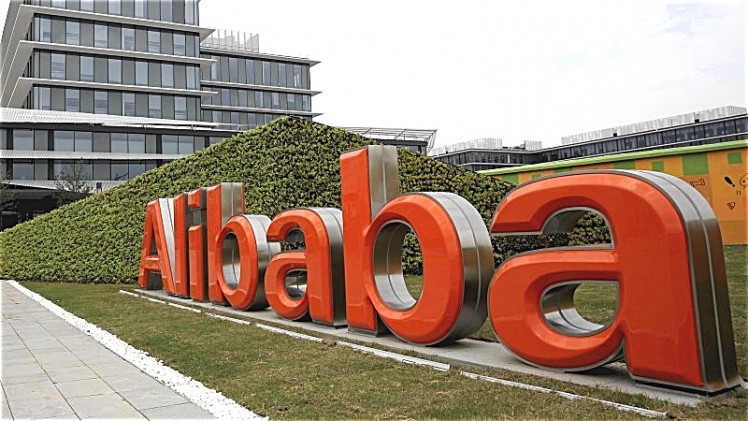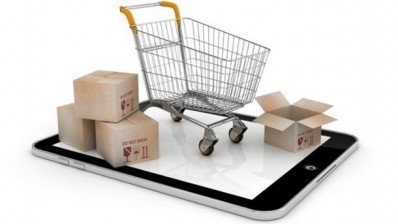Soapbox
Trade and the changing business environment

The concept of international trade and globalisation—the process of international integration arising from the interchange of world views, ideas, culture and products—is certainly not unique to modern times.
In Ancient Greece, Plato analysed the division of labour and voluntary exchange of goods, and concluded that they were beneficial to both parties involved in a given transaction. Specialisation and trade brought about a higher productivity and higher output, as well as allowing individuals to leverage their natural aptitudes and the available resources.
Globalisation and disruptive technologies are, however, aspects of the business environment that have become more dominant in recent years, and they hold major implications for businesses of all sizes.
It should be noted that small businesses are often among the first to adapt to changes in technology and to identify new trends in consumer demand.
The complementary medicine industry, and in particular in relation to our exports to China, has been presented with a remarkable opportunity due to the growth and proliferation of online services, evolving technologies, and even the entrepreneurial spirit of Chinese expatriates and tourists.
What began with tourists buying Australian-made complementary medicines to send home to family and friends has taken on an innovative slant, with business-savvy individuals buying products to sell in China.
China’s growing demand for safe and high quality Australian complementary medicines has supported the development and utilisation of a number of informal sales channels, including e-commerce and social media sites.
It’s not surprising that third-party providers have quickly moved in to offer Chinese-language store front design, customer service, importation, warehousing and other such services.
China’s is a rapidly expanding and sophisticated online market, estimated by the country’s National Bureau of Statistics to have grown by 50% in 2014 to be worth in the region of half a trillion Australian dollars.
Around 90% of online shopping in China is transacted through e-commerce sites, which offer to bring online consumers to the virtual door of even the smallest exporters. For some Australian businesses, China’s e-commerce opportunities are proving to be revolutionary.
The high-quality reputation of Australian complementary medicines provides a solid foundation, but does not guarantee success in international markets.
Now more that ever, products also need to stand out, have a strong and genuine narrative, be authentic, and let’s not forget they need to be relevant and desirable to the consumer.
The concept of trade might not have changed much over the millennia, but how we operate in business is certainly, and very rapidly, evolving.
It raises a couple of questions. What will online business look like in ten years time? And what would Plato make of JD.com and TMall?














